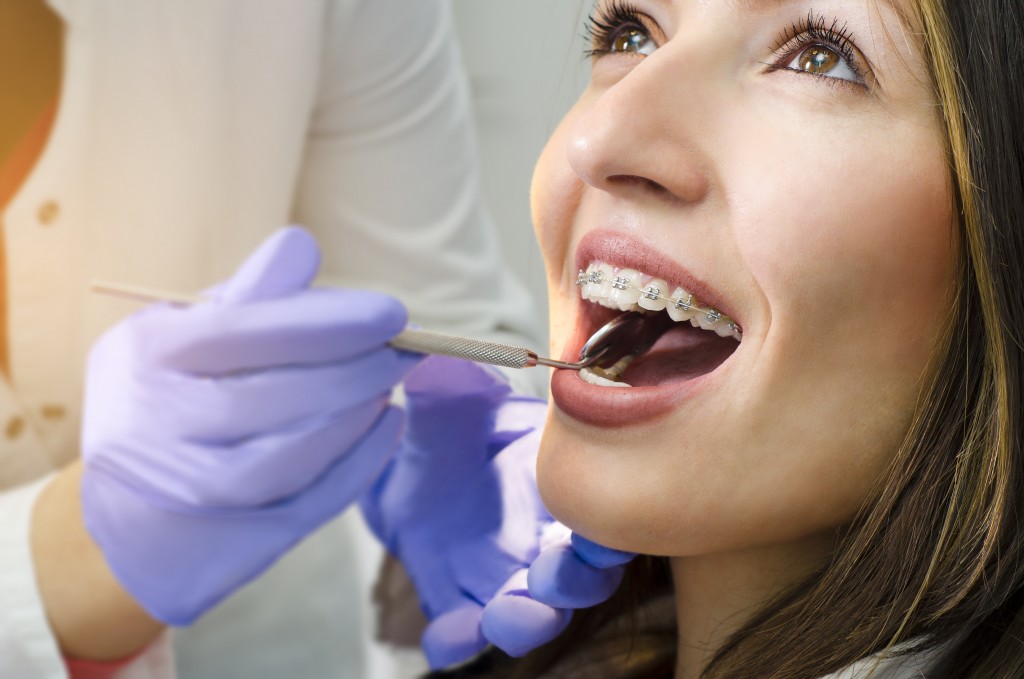How much do people know about braces and retainers? The lack of more information can prevent one from seeking help immediately, knowing the right oral appliance to wear, and learning the proper ways to take care of their oral health.
Here are five facts people also need to know about orthodontics:
1. Not Everyone Can Wear a Removable Retainer
Post-braces, orthodontic patients need to wear retainers. The periodontal ligament is elastic. It stretches when one has braces, but it also rebounds as soon as they are removed. In other words, the problem before can happen again.
Retainers, though, come in different forms and purposes. The bonded lingual retainer is one of them. It is ideal for those who have trouble with compliance. For example, they might forget about putting on the removable retainer during the day. Between removable and bonded retainers, the latter is more likely to help retain the positive effects of braces.
2. Tooth Decay Can Still Happen Despite Orthodontics
A 2019 study by the University of Adelaide revealed that orthodontics doesn’t guarantee excellent dental health. For the research, the team looked into the dental records and behaviors of over 400 people in South Australia. By the time they reached 30 years old, about 30% of these people had gone through orthodontic treatment.
However, this study doesn’t imply that a person doesn’t have to treat malocclusions. Previous types of research showed that misalignment can still lead to significant health issues, including dental caries or oral cavities.
Instead, the researchers wanted to stress that the foundations for oral health are still vital whether one has braces or not. These include flossing and brushing the teeth regularly.
3. Tongue Piercing Can Cause Gapped Teeth
Although a tongue piercing seems cool, it’s detrimental to one’s dental health. This is the finding of a 2010 research by the University of Buffalo.
The case involved a 26-year-old woman who had a tongue piercing featuring a barbell-shaped stud. Every day for seven years, she developed a habit of pushing the stud toward the teeth. According to the researchers, the result isn’t surprising as any force applied to the teeth can encourage them to move.
4. The More the Teeth Protrude, the Higher the Chances of Dental Injuries
An Australian study in 2019 showed a strong connection between the severity of protrusion of permanent teeth and the increased risk of dental trauma among children. According to the University of Adelaide researchers, 6-year-old kids whose teeth stick out over 5mm might be twice as likely to experience dental injuries.
Parents reduce the chances of both protrusion and injuries by limiting the habit of thumb sucking while they’re still young. Dentists also recommend braces to those who have prominent protruding teeth even if they’re still not yet 12 years old.
 5. Oral Appliances Can Harbor Bacteria
5. Oral Appliances Can Harbor Bacteria
The mouth already contains thousands of bacteria, and oral appliances can contribute to their growth. It usually happens when a person doesn’t practice good oral hygiene.
Braces, retainers, and aligners can cause food to get stuck, and this allows the bacteria to breed faster. More bacteria can mean an increased risk of gum disease, dental cavity, and bad breath.
The best way to avoid this is to follow an orthodontist’s advice on how to take care and clean both the teeth and the oral appliance.

